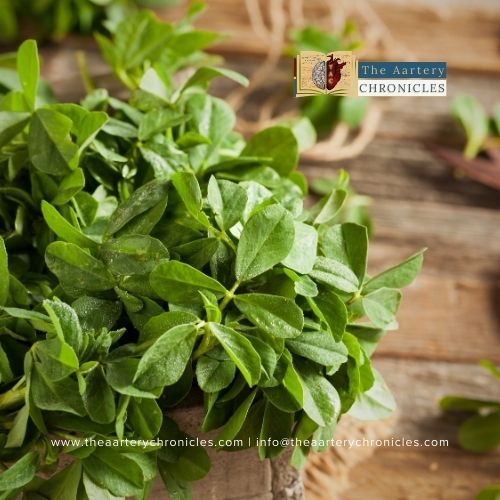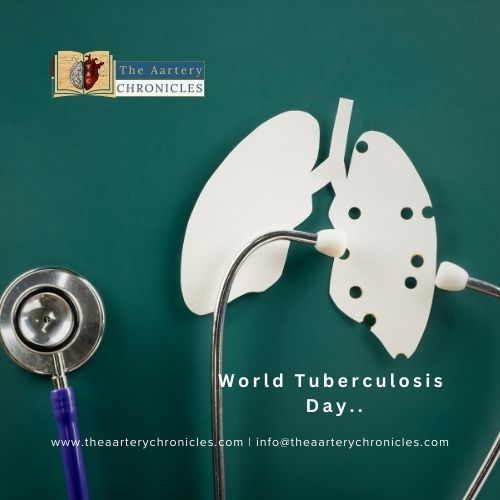

28-Year-Old Learns Her ‘Heartburn’ Is Stomach Cancer
At just 28, Georgia Gardiner believed she was dealing with something harmless like heartburn. But her symptoms were warning signs of something much more serious a rare and aggressive stomach cancer known as linitis plastica.
Symptoms That Were Dismissed
Georgia, a vibrant mother from Leeds, began experiencing persistent nausea, stomach pain, and loss of appetite in mid-2023. She visited her doctor multiple times and was reassured it was likely acid reflux or indigestion. Antacids were prescribed, but her condition didn’t improve , instead, it got worse.
Over several months, Georgia made at least six to nine visits to clinics and hospitals. She rapidly lost around three stone (nearly 20 kg), struggled to eat, and felt her body weakening. Yet, her concerns were brushed off.
The Real Diagnosis Came Too Late
Eventually, after months of persistence, she was placed on a referral pathway for patients with unexplained symptoms. An endoscopy finally revealed the truth: Georgia had linitis plastica, a rare and fast-growing cancer that affects the stomach’s inner lining.
By the time of diagnosis in June 2024, the cancer had already spread to her lymph nodes and other organs. Doctors told her the disease was terminal, offering her about 12 months to live. Treatment would focus only on managing symptoms and improving comfort.
What Is Linitis Plastica?
Linitis plastica is a rare form of gastric adenocarcinoma—a cancer that originates in the glands of the stomach lining. It causes the walls of the stomach to become thick, rigid, and unable to function properly. Because of this, it’s often called “leather bottle stomach.”
This cancer often doesn’t cause clear symptoms early on, which makes early detection extremely difficult.
What Happens Next?
In many cases, the exact cause remains unclear. However, some known risk factors include:
- Genetic mutations: Changes in the CDH1 gene are strongly linked to a hereditary condition called Hereditary Diffuse Gastric Cancer (HDGC), which increases the risk of linitis plastica.
- Helicobacter pylori infection: This common stomach bacteria can cause long-term inflammation and raise the risk of gastric cancers.
- Diet: Frequent intake of salty, smoked, or processed foods is associated with higher risk.
- Smoking: Tobacco use significantly increases the chances of developing gastric cancer.
Linitis Plastica is difficult to treat because it is often diagnosed late, spreads quickly, surgery is rarely effective, and it shows resistance to chemotherapy.
Conclusion
Linitis plastica is a rare but deadly cancer that is easy to miss in its early stages. Georgia’s journey is a reminder that early diagnosis can make a huge difference. If you or someone you know is experiencing persistent digestive symptoms, seek medical attention and don’t settle for surface-level answers.
Source: Inputs from various media Sources

Priya Bairagi
Reviewed by Dr Aarti Nehra (MBBS, MMST)
I’m a pharmacist with a strong background in health sciences. I hold a BSc from Delhi University and a pharmacy degree from PDM University. I write articles and daily health news while interviewing doctors to bring you the latest insights. In my free time, you’ll find me at the gym or lost in a sci-fi novel.








